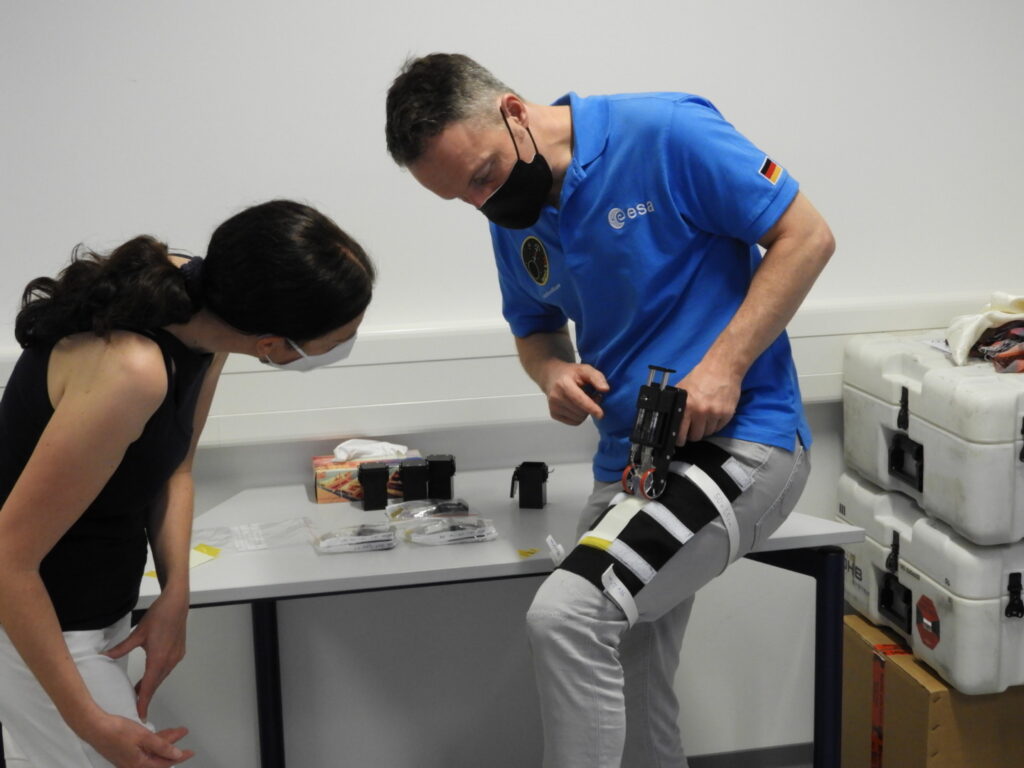Could ‘Pausing’ Necrosis be the Final Frontier in Ageing and Medicine?

In a new study, published in Oncogene, a world-leading international team of scientists and clinicians explore the potential of necrosis to reshape our understanding and treatment of age-related conditions and even protect astronauts on longer journeys into space.
Challenging prevailing views, the paper brings together evidence from cancer biology, regenerative medicine, kidney disease, and space health to argue that necrosis is not merely an endpoint, but a key driver of aging that presents an opportunity for intervention.
Dr Keith Siew, an author of the study from UCL Centre for Kidney & Bladder Health, said: “Nobody really likes talking about death, even cell death, which is perhaps why the physiology of death is so poorly understood. And in a way necrosis is death. If enough cells die, then tissues die, then we die. The question is what would happen if we could pause or stop necrosis.”
Dr Carina Kern, lead author of the study and CEO of LinkGevity, a biotech company based at Cambridge’s Babraham Research Campus and part of the NASA Space-Health program, said: “Necrosis remains one of the last frontiers in medicine – a common thread across aging, disease, space biology, and scientific progress itself.”
Cells are the fundamental building blocks of life and can die in various ways. ‘Programmed’ forms of cell death are beneficial, carefully orchestrated processes that allow our tissues to replenish themselves and function well throughout life.
But ‘unprogrammed’ cell death, or necrosis, is an uncontrolled and catastrophic process that leads to tissue degeneration and biological decline.
At the centre of the necrotic process is calcium, a vital resource that effectively controls the cell by determining which functions are switched on or off. Calcium ions are normally maintained at a level that is 10 000 to 100 000 times higher outside the cell than inside.
When this finely tuned balance fails, calcium floods the cell like an electrical short circuit, pushing the cell into chaos. Unlike programmed death, where cells dismantle in an orderly manner, necrosis causes cells to rupture, spilling toxic molecules into surrounding tissues.
This sparks a chain reaction that causes widespread inflammation and affects tissue repair, creating a snowball effect that ultimately leads to frailty and the onset of chronic age-related conditions such as kidney disease, heart disease and Alzheimer’s.
Dr Siew added: “When cells die, it’s not always a peaceful process for the neighbours.”
Dr Kern explains: “Necrosis has been hiding in plain sight. As a final stage of cell death, it’s been largely overlooked. But mounting evidence shows it’s far more than an endpoint. It’s a central mechanism through which systemic degeneration not only arises but also spreads. That makes it a critical point of convergence across many diseases. If we can target necrosis, we could unlock entirely new ways to treat conditions ranging from kidney failure to cardiac disease, neurodegeneration, and even aging itself.”
Notably, it is in the kidneys that necrosis may have its most devastating and underappreciated impact. Necrosis induces kidney disease, which can lead to kidney failure requiring a transplant or dialysis. By age 75 nearly half of all individuals develop some degree of kidney disease as part of the natural aging process.
Dr Siew added: “With kidney disease, there’s no one underlying reason that the kidneys fail. It could be a lack of oxygen, inflammation, oxidative stress, a build-up of toxins, and so on. All of these stressors eventually lead to necrosis, which initiates a positive feedback loop that spirals out of control, leading to kidney failure. We can’t stop all of these stressors, but if you could intervene at the point of necrosis, you’d effectively achieve the same result.”
Another area where interrupting necrosis could have a big impact is spaceflight, where astronauts often experience accelerated ageing and kidney-related decline due to the effects of low gravity and exposure to cosmic radiation. A 2024 study involving Dr Siew demonstrated that the human kidney may be the ultimate bottleneck for long-duration space missions.
The authors say finding solutions to this accelerated aging and kidney disease may be the final frontier for human deep space exploration.
Dr Kern said: “In many age-related diseases – affecting diverse organs such as the lungs, kidneys, liver, brain, and cardiovascular system – relentless cascades of necrosis fuel the progression of disease. This is often alongside impaired healing that leads to fibrosis, inflammation and damaged cells. Each cascade triggers and amplifies the next.
“If we could prevent necrosis, even temporarily, we would be shutting down these destructive cycles at their source, enabling normal physiological processes and cell division to resume – and potentially even allowing for regeneration.”
Source: University College London







